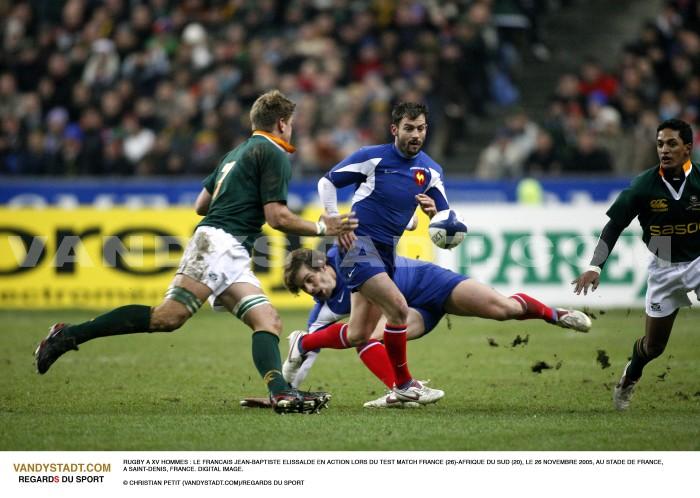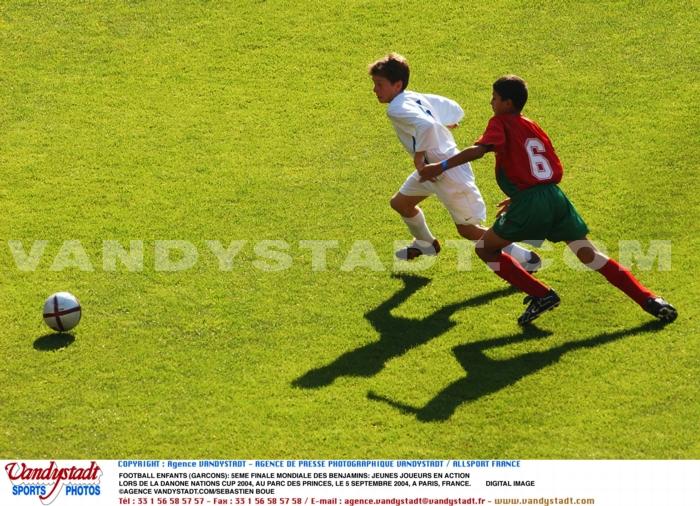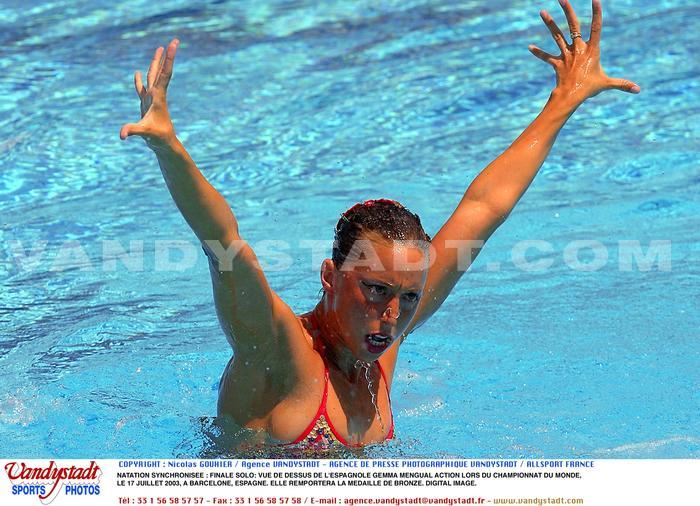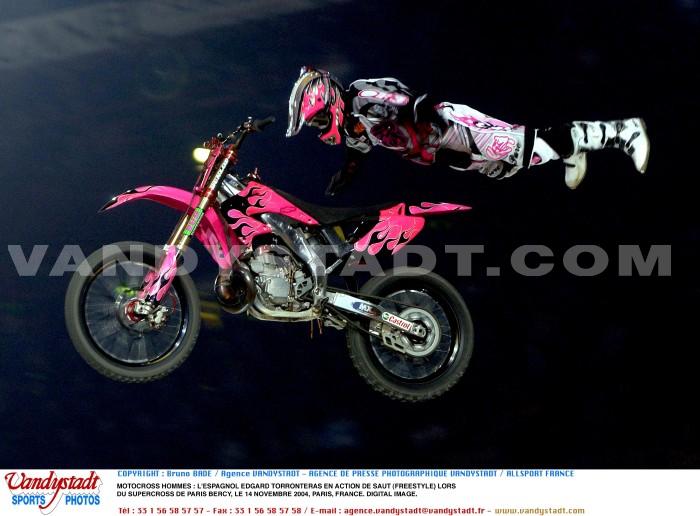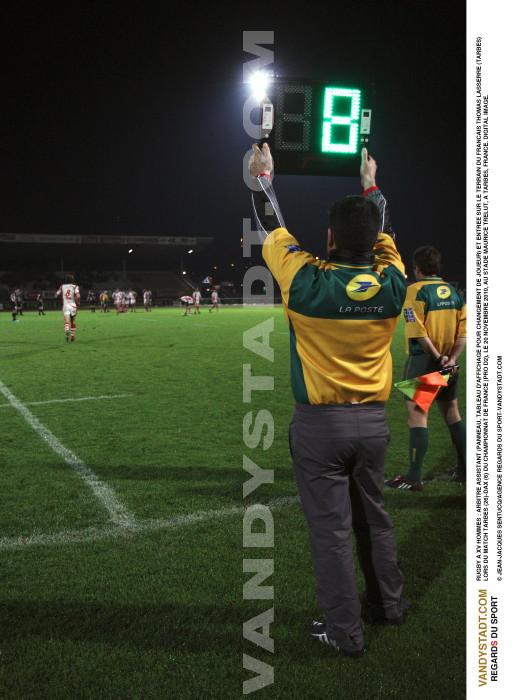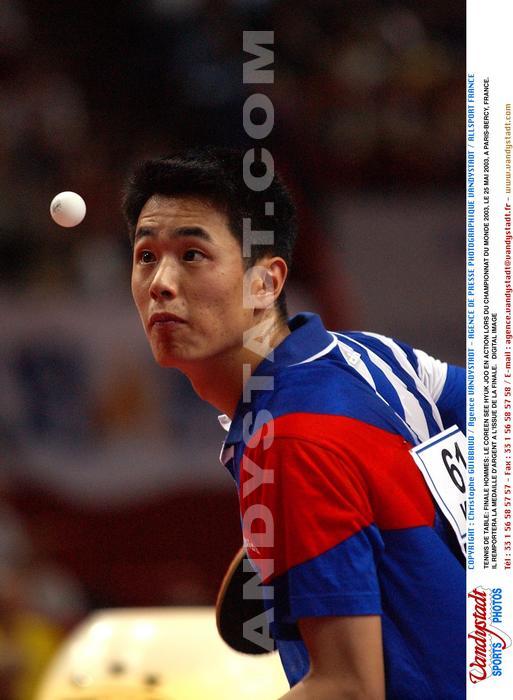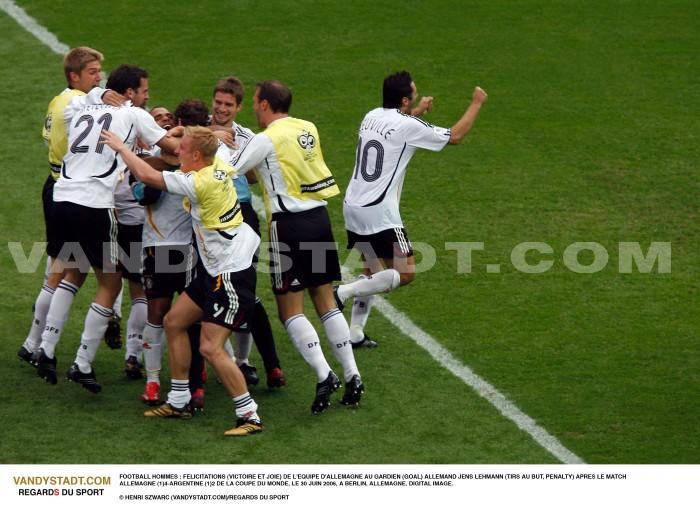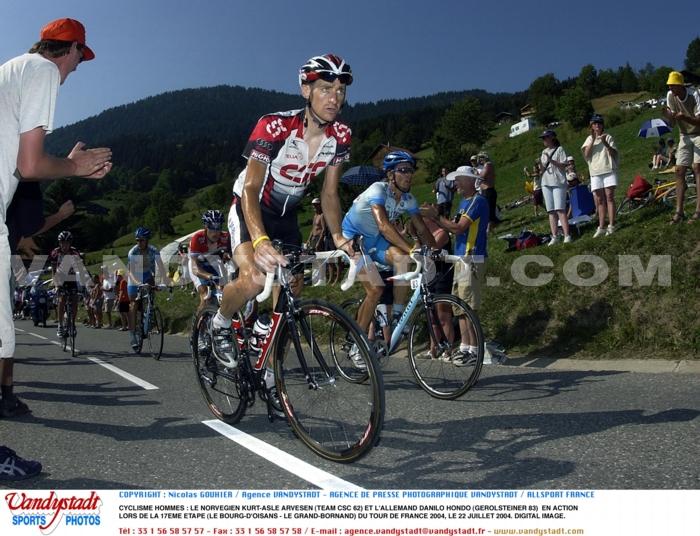Judo - Judo history
Judo - Olympic sport
![]()
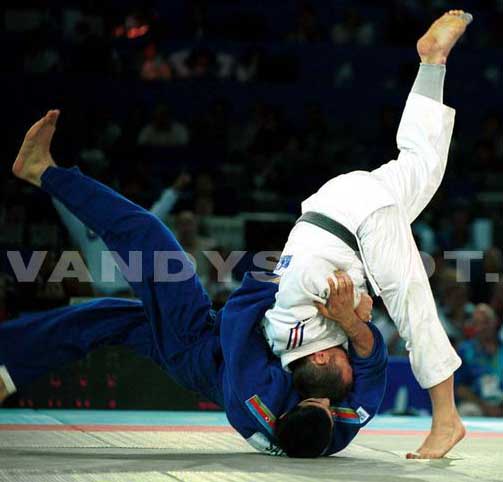
Judo comes to us from Japan.
"Judo" means "the gentle way ': ju (flexibility) - do (way).
History
Judo is derived in part from jujitsu, a technique of unarmed combat used by the ancient samurai warriors. Judo is an excellent sport défense.Le principle is born of a reflection of a legendary Japanese watching the snow fall in a forest. He noticed that the mighty oak tree branch broke under the weight of snow while the small willow branch, bending under the weight broke away the snow and sat as before.
Judo also comes from different martial arts schools where the samurai (Japanese warrior) learned the science of fighting through the techniques of jiu-jitsu (the art of flexibility) of the thirteenth to the nineteenth century, a form of unarmed defense . The word "judo" is derived from a method invented by Dr. Jigoro Kano (1860-1938) and taught at the school he founded in 1882 in Tokyo, "Kokodan" school for studying towards flexibility. He codified the first rules of modern judo in 1907, the 'Nage-No Kata', explains the different techniques. Kano devoted his life to the promotion of Judo in conducting numerous demonstrations and conferences in Europe and America between 1889 and 1920. The first judo club (the Budokwan) was opened in London in 1918, led by Gunji Koizumi (1885-1965).
Among the greatest students of Jigoro Kano , a student include Shiro Saigo who felled an opponent to 50 kg more than him, and Mikonosuke Kawaishi who contributed to the development of Judo in Europe.
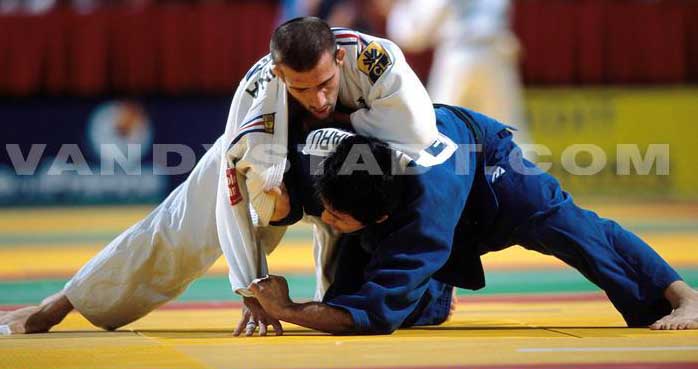
The International Judo Federation, created in 1951, has 187 member countries.
Key Dates
- 1889 First trip to Europe Jigoro Kano
- 1926 First international Budokwan between London and the German team
- 1930 First Championship in Japan
- 1935 First French club created by Master Mikonosuke Kawaishi
- 1946 Creation of the French Federation of Judo under Master Kawaishi pulse and bounet-Paul Maury, the first President.
- 1949 Creation of the European Judo Union
- 1951 Creation of the Federation Internationale
- 1956 First World Championship in Tokyo (senior men) with a single category 'open' (open to all weight categories), won by Japanese Shokichi Natsui .
- 1961 At the world championships in Paris, the Dutchman Anton Geesink becomes the first European to win the Japanese judoka.
- 1964 Judo was a demonstration sport at the Olympic Games of Tokyo
- 1972 Judo became an Olympic sport
- 1975 Sacred first French world champion Jean-Luc Rougé
- 1980 First World Championship women in New York with eight weight categories.
- 1988 Women's judo became a demonstration sport at the Games in Seoul
- 1992 Women's judo became an Olympic sport
- 2000 David Douillet became double Olympic champion, a fact unprecedented in Olympic history!
- 2004 The Japanese Tadahiri Nomura enters the legend of judo by winning his third Olympic championship in a row, in 60 kg (1996, 2000 and 2004) while among women, the Japanese Ryoko Tani Tamura won her 4th medal 48 kg: 2 gold (2000 and 2004) and 2 silver (1992 and 1996).
The sport of Judo depends on FFJDA, French Federation of Judo, Jujitsu, Kendo and Associated Disciplines, founded in 1946.
Jean De Herdt (born 1923) was the first champion of France's history (in 1943 TC) and the first champion of Europe (1950 TC).
The key dates of the French Judo
-- 1975 Sacred first French world champion in Vienna, Jean-Luc Rouge (-93 kg)
-- 1980 Angelo Parisi (95 kilograms) and Thierry Rey (-60 kg) became the first French Olympic champion judoka. Fouillet Paulette (72 kilograms) and Jocelyne Triadou (-72 kg) became the first French world champion.
-- 1992 Cécile Nowak (-48 kg) and Catherine Fleury (-61 kg) became the first French Olympic champions.
-- 1995 David Douillet became the first French World Champion TC
-- 2000 David Douillet became double Olympic champion, a fact unprecedented in Olympic history!
-- 2001 Celine Lebrun becomes the first French World Champion TC
-- 2006 Team France wins women's world title
-- 2009 Teddy Riner retains his world heavyweight title
In France, the first dojo (training hall) opened at Asnieres in 1936 through the initiative of Japanese Mikonosuke Kawaishi (1889-1969). It is also he who invented the system of belts of different colors that correspond to the intermediate grades between Rokkyu (white belt) and Ikkyu (brown belt), which did not exist in Japanese judo. Found in the thirties, Judo develops especially after the Second World War under the leadership of Master Kawaishi and Paul Bonet-Maury, founding president of the French Judo Federation in December 1946.L Institute of Judo was inaugurated in October 2001 in Paris.
Judo in France is 560 000 dismissed (3rd Sports Federation) and 5 547 clubs.
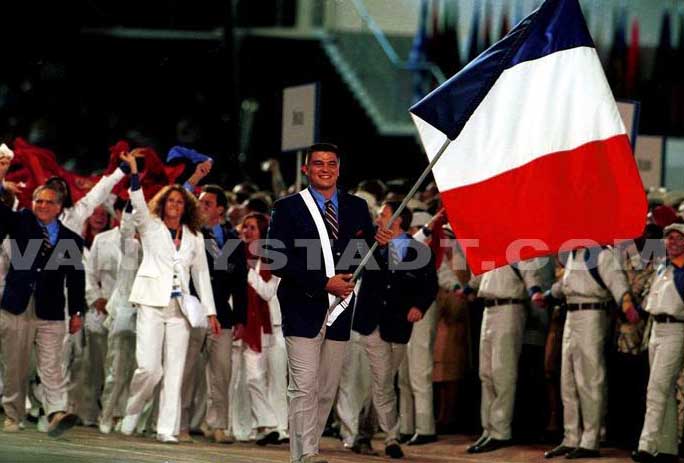
Judo and Olympism
Judo Olympic debut in Tokyo in 1964 (the host country had the right to add a new sport) with four categories of weight (in Japanese judoka won three). Judo is not in the Olympics in 1968 but was finally adopted in 1972. Women's judo made its entry in 1992.
Judo is the only Olympic sport where submission holds allow a competitor to stifle when his opponent to break his arm.
Did you know that there are currently fourteen 10th Dan in the world?
Twelve Japanese. The other two are British Charles Parker, former President of the International Judo Federation (1965 to 1979) and the Netherlands champion Anton Geesink , the first non-Japanese to beat the best judoka nippons in international competitions: a capital cons Yasuji sone in the World Championship in 1961 and cons Akio Kaminaga Olympic Games 1964 in the class 'open'.
Principle
There are many techniques and variations in judo can be grouped into different families who seek to unbalance the opponent to fall to the ground, which include forty taken divided into five categories: the launch of legs and hips, chokes the keys and assets.

a) The projection techniques
- Standing: the techniques of hands and arms (te-waza), hip techniques (koshi-waza) techniques and feet and legs (ashi-waza)
- Lying down: with the back on the ground (my sutemi-waza) or with the side on the ground (yoko-sutemoi-waza)
b) Control techniques: the capital (osae komi-waza), the chokes (Shime waza) and key arms (kansetsu waza).
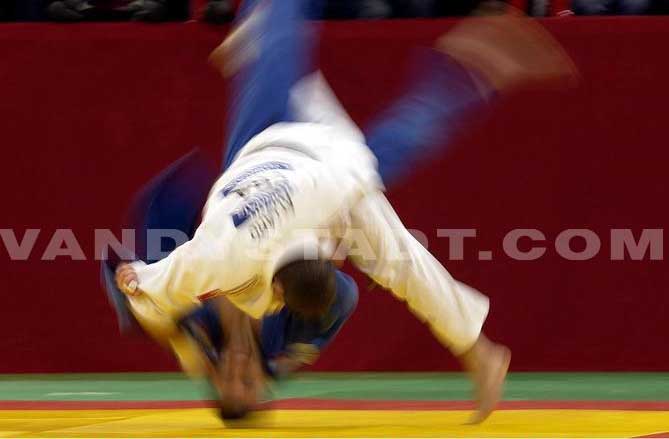
It assigns points depending on the length of the grounding, the degree of difficulty of movement or abandonment of the adversary.
- Ippon (equivalent to a KO in boxing) is worth 10 points: assigned by the detention of enemy ground (Osaekomi) for 25 seconds (30 seconds before 1998). Four situations can score an Ippon: the projection of the opponent on his back, the throttle, dropping the opponent after a key arms, and immobilizes the opponent for 25 seconds.
- Waza-ari is worth 7 points: assigned by the immobilization of the opponent 20 to 24 seconds or a projection almost perfect (lacking 1 of the 4 elements necessary for 'ippon'). Two waza-ari worth an ippon.
- Yuko worth 5 points: assigned by the immobilization of the opponent for 15 to 19 seconds. The immobilization technique but lacks 2 of the 4 elements necessary for 'ippon'
- Koka worth 3 points: assigned by the immobilization of the opponent for 10 to 14 seconds or controlled by a projection of the opponent on the shoulder, the buttock or thigh.
To win a fight Requires:
While standing:
Projecting his opponent to the ground by a movement of shoulder, pelvis or legs. If the opponent hits the ground falling to his shoulders, there 'ippon' and the fight is over. If, against the opponent falls to the side or on one buttock, the referee will have a 'yuko' or 'waza-ari' to the discretion of judges.
Being on the ground:
There are three possibilities for the winner. Or by strangling her opponent, either by an arm lock, either by immobilizing 25 seconds.
Must
- Between 10 and 14 seconds on the ground blocking an opponent to get a "koka"
- Between 15 and 19 seconds to score a "yuko"
- Between 20 and 24 seconds to get a "waza-ari"
- 25 seconds for the "ippon" instead of 30 seconds before.
Golden Score : In case of perfect equality at the end of combat, you start to another period. The first to mark a point is declared the winner.
.jpeg)
Among
movements most used to project his opponent on the ground include:- Uchi-mata: projection by the inner thigh.
- Seoi swimming: projection supported on the back.
- Kata guruma: the wheel around the shoulders.
- O soto gari: major outer reaping.
- Ura nage: cons back.
- Juji gatame: control cross.
- Sankaku: control triangle.
The categories and weight limits since 1998
- Men: -60 kg - 66 kg, -73 kg, -81 kg, -90 kg, -100 kg, +100 kg.
- Women: -48 kg, -52 kg, -57 kg, -63 kg, -70 kg, -78 kg, +78 kg.
Period Combat
For World Championships and Olympic Games, the duration of combat, as determined by the Sporting Code of the IFJ, is 5 minutes for men and 4 minutes for women. The battle begins with hi m to 4 feet from each other. The battle ends with the announcement of "Soremade" by the referee which occurs after an ippon or expiration of the allotted time.
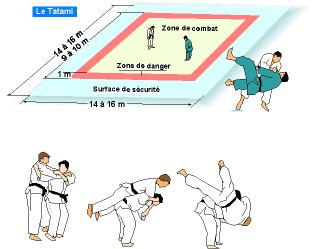
Official acts
The arbitrator
1. Ippon: lift one hand up above his head.
2. Waza-ari throw a hand, palm down on the side of the body at shoulder height.
3. Yuko: lift an arm, palm down, next to his body at an angle of 45 ° from the body.
4. Koka: lift one arm, his thumb towards the shoulder and elbow height of the hip.
5. Osae-komi: reach out to the fighters hand outstretched, palm down, against the fighters bowing to bust them.
6. Osae-komi-toketa: lift a hand in front and wave it quickly from left to right two or three times.
7. Hiki-wake: throw a hand up in the air will lower the front of the body (the thumb side up) and will remain so for a few moments.
8. Matte: lift a hand to shoulder height and with his arm almost parallel to the tatami, show the palm of his hand flat (fingers upwards) towards the timekeeper).
9. To indicate that a technique is not valid, throw a hand forward over his head and wave it from right to left two or three times.
10. To indicate his opinion that one or both combatants are guilty of "not fighting", the referee will raise his hands in front and at the height of his chest and will rotate horizontally one above the the other towards the combatants or guilty.
11. To indicate the cancellation of a result given by mistake repeated a wrong hand gesture while he will lift the other hand forward over his head and wave it from right to left two or three times.
Note: If a result corrigendum shall be granted, it will be as soon as possible after this act of cancellation.
12. To indicate the winner of the battle will raise his hand above the shoulder height towards it.
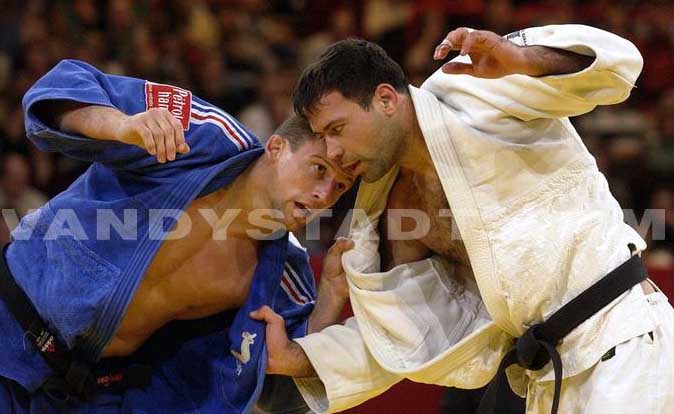
The kata or forms
They are stylized exercises and concentration showing the different techniques of judo. They are the source of the principles of judo. The plugs should always be conducted in the same order. They must be learned by heart in order to achieve the perfection of each movement. The kata ends with randori, a free fight with no winner or time limit.
All about belts and grades
To promote the development of Judo in France and adapting to the Western mentality, the belt system was invented by the Japanese Mikonoske Kawaishi in the 1930s. It allows to evaluate the technical level, the effectiveness of combat, the level of seniority and the moral qualities of a judoka. In order found white belts, yellow, orange, green, blue, brown and black belt. To mark the progress of youth, there are half white belts such as yellow, orange, green, blue, etc.. ...
1939 April 20: date of the first black belt awarded by the master Kawaishi his first French student, Maurice Cottreau, a baker by profession.
1947 Year of France in lacréation College National Black Belts at the initiative of John Herdt and thirty black belts.
1951 Ms. Levannier becomes the first French woman to reach the rank of black belt.
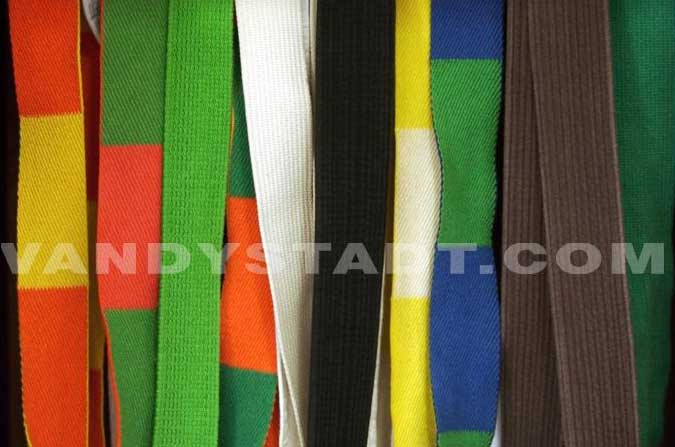
Do you know that in Japan there are only three belt colors: white, brown and black.
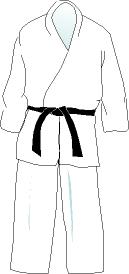
- The white belts, yellow, orange, green, blue and brown are assigned by faculty club.
- The black belts are awarded by the National Committee of grades after passing an examination.
To make the transition to black belt (1st dan), must be 15 years old and a brown belt for a year (2nd dan: 17, 3rd dan: 19, 5th dan: 26 years, etc. ..).
The ranks of judo are
ized as "kyu" (students) and "dan" (masters). belts white to brown to match each of the grades of students or 'kyu'.
There are 6 kyu: White 6th kyu (novice) - 5th Kyu Yellow - Orange 4th kyu - 3rd kyu Green - Blue 2nd kyu - 1st kyu Brown
The levels above are called kyu 'dan' degree or a master. The colors corresponding to different in are:
- 1st to 5th dan black belt is
- The 6th and 7th dan, the belt has wide bands alternating red and white
- The 8th and 9th dan red belt
- 10th dan and corresponds to a wide white belt.
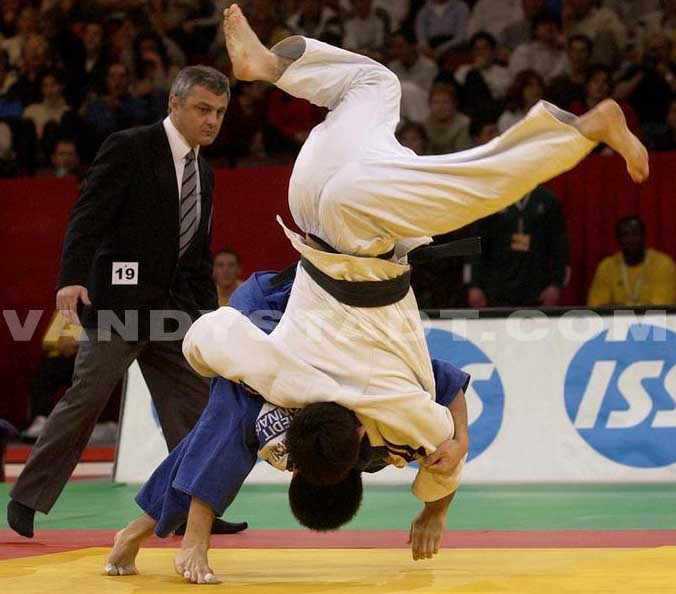
The highest rank in judo 12th dan is the wide white belt. Only one person won posthumously the highest distinction of doctor or expert (or Shihan): the founder of judo, Jigoro Kano .
In France, there are currently some 37 000 black belts against 100 in 1948. It has two 9th dan (the highest degree awarded to a French judoka), Bernard and Henri Courtine Pariset.
During the basic course in judo at the levels, judoka learns techniques projections 30, 11 variants of capital, 6 variants of dislocations, 7 imbalances directions (front, left front, right front, left side, left front, right rear , left rear), 3 kinds of falls (front, rear and side), several techniques adapted to increase its level (control position).
The moral code of judo
- Courtesy (respect for others
- Courage (to do what is right)
- Sincerity (expressed without disguise his thoughts)
- Honor (being true to their word
- Modesty (talk about yourself without pride)
- Respect (no respect, no trust can be granted)
- Self-control (ie be silent when the anger rises)
- Friendship (the purest of human emotions)
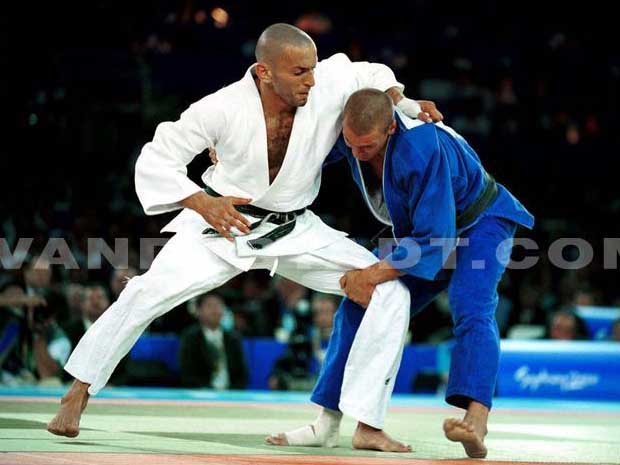
Language Judo
Chui: Penalty serious recorded against a judoka for a foul, giving a yuko to the adversary.
Dan Degree Black Belt
Hadaka-jime: Immobilization current strangulation in which the judoka strangles the opponent from behind, resting his right forearm in front of the opponent's neck, the inside of her wrist being on the throat of the opponent , also called "strangulation with bare hands.
Hajime: The referee started a clash of judo.
Hansoku make: Disqualification of a judoka for a foul, giving the opponent an "ippon", that is to say an automatic win.
Harai-goshi: Current Projections in which a judoka turns forwards and left, back towards the opponent, places his right hip against the abdomen of the opponent gets the upper body of one on his back and hay leg of the opponent upwards and backwards with the right thigh and starts the opponent's forwards also called "hip swath.
Ippon: The equivalent of a boxing knockout. Given point during a simple maneuver to win a confrontation, either throwing the opponent on his back with strength, speed and control, or holding an opponent for 25 seconds, or by obtaining a bid by an asset by strangulation or an armlock.
Judogi: Keeping a judo competitor, including trousers and jacket wide, with a belt at the waist.
Kami-Shiho-gatame: Controls current in which a judoka approach the opponent from behind and above the head, immobilizes the opponent's arm on the side and grabs the belt from one side of each size; also called "check back".
Kata-Juji-jime: Immobilization current strangulation in which the judoka strangles the opponent before catching the back of the opponent with their hands crossed (the thumb on top located in the back) and pull the opponent to him, also called "cross choke."
Keikoku: Severe penalty given to a judoka for a foul, giving the opponent a waza-ari or half point.
Kesa-gatame: Controls current in which a judoka lies on the chest of the opponent from the side, encircling the neck of it with his right arm and presses the other arm of the opponent firmly under his left armpit or right, also called "control lateral rib.
Koka: Small item worth less than a yuko and granted a judoka to have done is a projection satisfying only one of four criteria for marking either an ippon for opponent immobilized for 10 or 15 seconds.
Kyo: A set of projections.
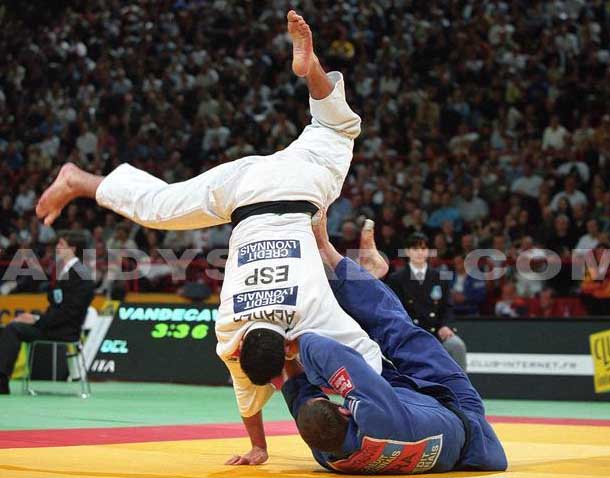
Matte: The referee suspended confrontation.
Migi: Right
Nage-waza: throwing techniques.
Ne-waza: Act of grabbing an opponent in order to ensure a regular intake.
Obi: Belt worn by judoka.
Osaekomi: The referee started the timing of an asset.
Osaekomi-toketa: The referee stopping the timing of an asset.
O-soto-gari: Current Projections in which a judoka is a step forward towards the left with left foot and, using the back of his right leg, right leg sweeping the opponent to the ground from behind , also called "large external mowing.
O-uchi-gari: Current Projections in which a Judo sweep the left leg of the enemy from the ground using the back of his right leg from the inside in a semi-circular motion, also known as "mowing large internal ".
Seoi-nage: Projections of the common opponent in which a judoka turns forwards and left, back to the opponent, bends his knees and inserts the right forearm under the armpit of the opponent, and then projecting it forward over his right shoulder, also called "projecting shoulder.
Shido: Small penalty against a judoka for an error, in which the opponent wins a koka.
Sono-mama: The referee stopping the judokas suspending all action and maintaining their positions.
Soremade: The referee finish a fight.
Tai-oshi: Projections in which a classical judo, turning forward and to the left so that his left foot just outside the left foot of the opponent, places his right forearm in the left armpit of the opponent moves his right foot to right foot outside of the opponent so that his leg is in the right knee of the opponent, then projecting it forward in - above his outstretched right leg, also called "great reversal of the body.
Tatami: foam pad covered with vinyl which is the area of competition in judo.
Tori: Judoka in attack.
Uchi-mata: Current Projections in which a judoka turns forwards and left, back toward the opponent's leg balance right between the legs of the opponent to cut inside his left thigh, then bends and starts the opponent's forwards also called "internal mowing.
Ude-Garami: Armbar common where a judoka lies down the right side of the opponent, his bust on the objector, grab the left wrist of it with his left hand, passes the other arm under the left arm bent and your opponent grabs his own wrist, then raises his left elbow to the opponent and pulls him to the left wrist of the opponent, also called "key arm twisting."
Ude-hishigi-Juji-gatame: Armbar common where a judoka lies on her back at right angles to the adversary, controlling the left arm of it between his legs while his left foot is under the 'right shoulder of the opponent, right leg over his neck and left elbow of the opponent is placed on the abdomen of judo, he pulled the left arm of the opponent and bend the elbow of that it backwards, also called "cross check".
Uke: Judoka on the defensive.
Waza: Technique
Yoko-Shiho-gatame: ongoing capital where a judoka lies on the stomach of the opponent at a right angle with the bust of it, places his right arm between the legs of the opponent, grabs his belt below, then puts his left arm under his neck to catch his jacket over his left shoulder while bringing his right knee in the right hip of the opponent, also called "the four control points on the side.
Yoshi: The referee of a fight back after a stop.
Yuko: Means "almost waza-ari", score granted to a judoka is to have conducted a satisfactory screening two of the four criteria for an ippon to be an asset to the enemy for 15 to 20 seconds.
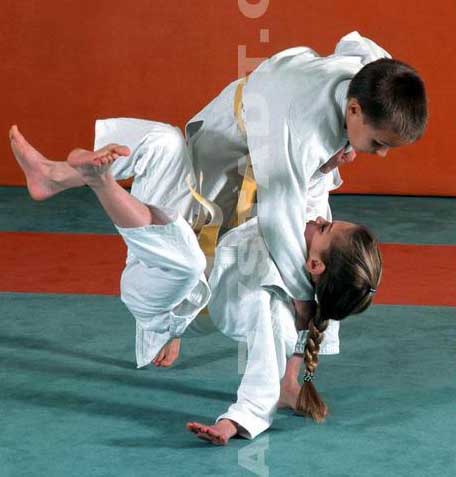
Glossary
Ashi Waza leg technique
Atemi Coup
Barai Scan
Dan Grade
Do Way, Way
Dojo Study Room
Gatame Control
Or Goshi Koshi Hip
Guruma Wheel
Jime Naked
Ju Soft
Judogi Holding the Judoka Composed of a jacket and cotton trousers and a belt of Color
Juji Cross
Jitsu Technique
Kata Shoulder
Katame Control
Kumi Taken
Maki Roll
Morote A Two Hands
Swimming Projecting
Big O
Ko Breakfast
Obi Belt
Osae Immobilizer
Seoi Bring On The Back
Shime strangle
Sode Channel
Soto Exterior
Tori Striker
Uke Attacked
Tsukuri Preparation
Tsuri Fishing
Uchi Interior
Ukemi Breeze-Fall
Waza Technique
Yama Mountain
Yoko Side
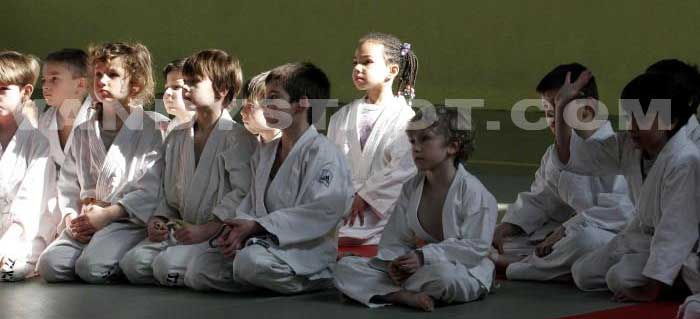
Arbitration Terms
Chui absence Average
Hajime Start, Display From Start Fighting
Make Hansoku Disqualification
Hikiwake Draw (For teams only)
Hantei Decision
Ippon wins Followed stop Fight
Without Keikoku Grave
Koka Small Advantage
Matte temporary stopping of Combat
Osae Komi Start for immobilizing the enemy on the back
Shido Without Light
Sono Mama Do not Move Over
Sore Made Fin Fight
Use Gaeshi Winner For Technical Superiority
Waza Ari Big Advantage
Yoshi Take The Fight
Yuko Middle Advantage
Copyright Sportquick/Promedi








